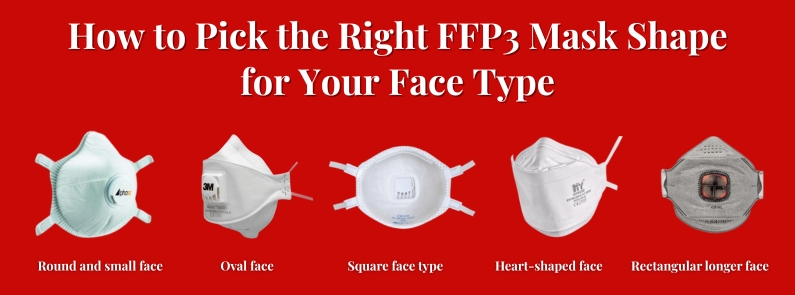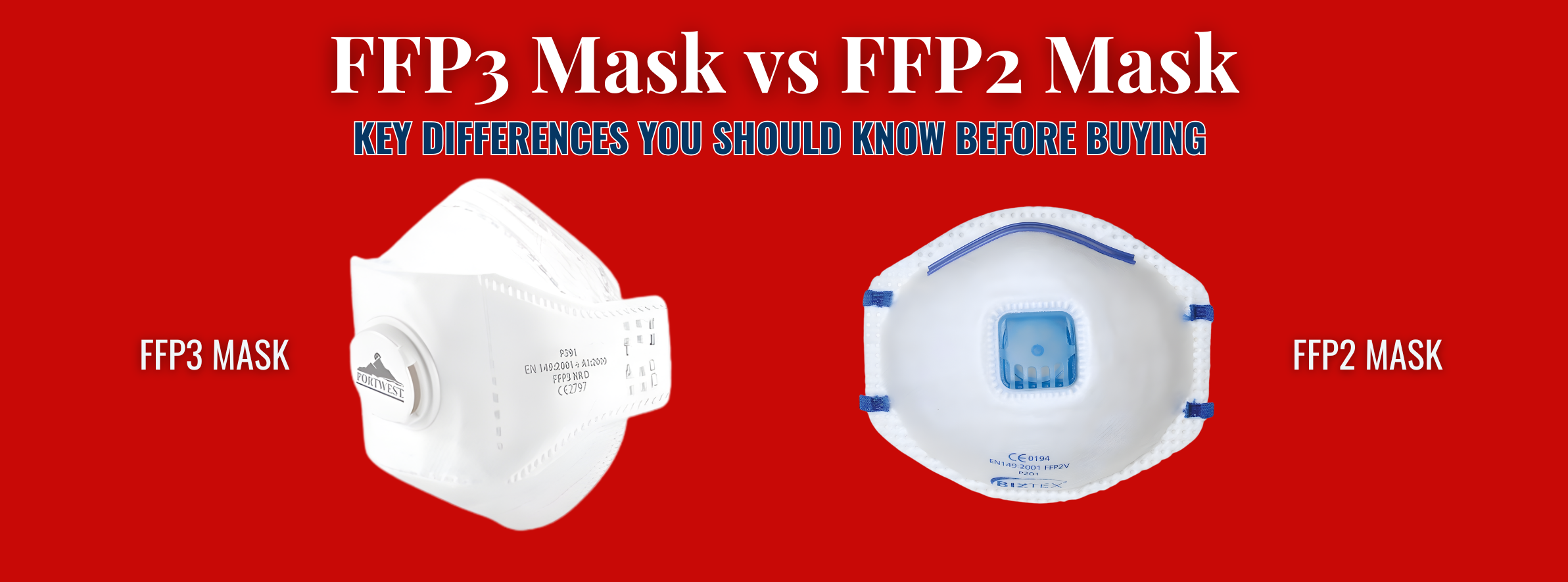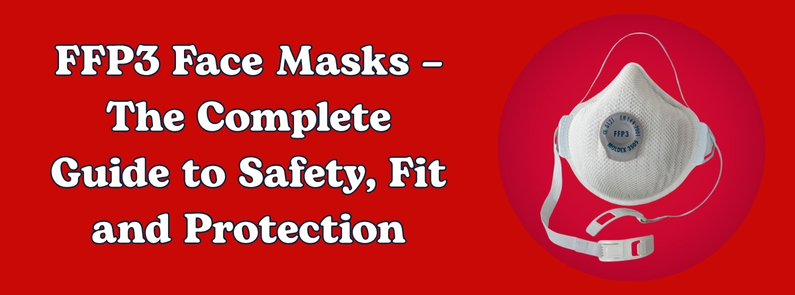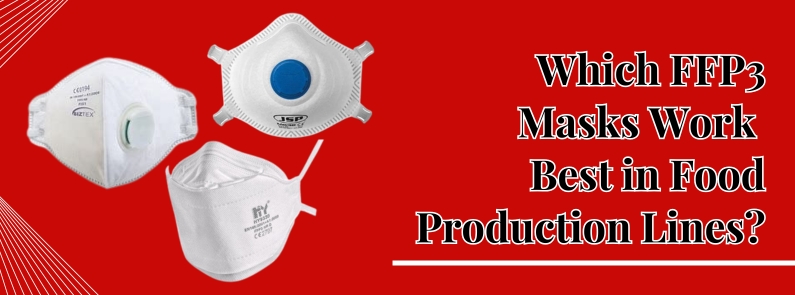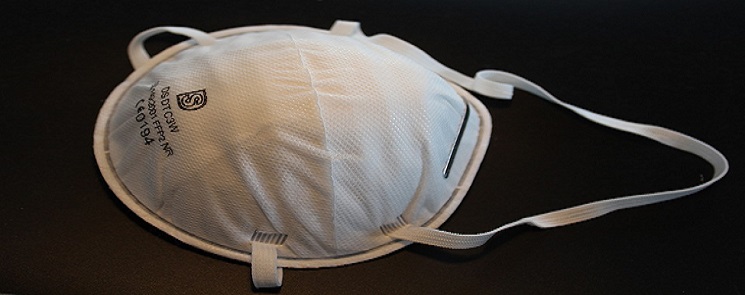
Dust masks are very commonly used for protecting the workers against powders and dust in many different industries like pharmaceutical, construction, quarrying, agriculture, foundries, architectural masonry, and recycling.
But the key to proper protection is in selecting the right dust mask. Irrespective of how good the dust masks and respirators are made, they are unable to filter out the hazards that they’re not designed for.
To make the selection easier, the masks are divided into different ratings based on the levels of protection they offer and the type of environment they’re suitable for. Every mask type specifies its APF (Assumed Protection Factor) and OEL (Occupational Exposure Limit).
While there are many different types of ratings for half-face or disposable dust masks, P1, P2, and P3 ratings are the most popular. Continue reading to know the difference between these three types of dust masks.
P1 Dust Masks
The P1 masks are recommended for workplaces with low levels of dust, like places where hand sanding, cutting, and drilling is done. These masks are able to protect the users from liquid and solid aerosols. The OEL and APF of P1 masks are 4x which means that they can protect against dust in 4x limit concentration.
P2 Dust Mask
As compared to P1 masks, P2 masks offer higher protection. They are ideal for workplaces which involves sanding and plastering with moderate dust levels. Like P1 masks, the P2 masks can also protect against liquid and solid aerosols. The OEL of P2 masks is 12x while the APF is 10x.
P3 Dust Mask
P3 dust mask offers higher protection than the P2 and P1 mask and is used in workplaces with a higher concentration of dust. Workers who handle hazardous powders like the ones that are used in the pharmaceutical industry generally use P3 masks. They’re also recommended for workplaces where the workplace hazard is not correctly known. Their OEL is 50x and APF is 20x.
Selecting the Right Dust Mask
It is the responsibility of the employer to identify the hazards of the workplace and provide adequate PPE to the workers. Once the contaminant exposure and airborne hazards of a workplace are known, the selection of the dust mask can be done on the basis of their ratings.
When selecting the mask, ensure that you select the ones that are convenient to wear and comfortable. Make sure that you check their OEL as it is the maximum limit up to which the mask can protect against dust concentration. In case of any doubt, it is recommended that you should select masks of a higher rating that you’re planning to purchase.
For workplaces that have highly toxic particles, like asbestos, it is advisable to select non-disposable masks that feature sealing gaskets for enhanced safety. Look for asbestos mask in the market and you can find several different options.
Maintenance and Replacement of Dust Masks
It is very important for every workplace to select PPE that meets the local and international regulatory standards to protect the workers. In case if you use non-disposable masks, make sure that they are cleaned on a daily basis.
It is also better to have a stock inventory of the masks and re-order them as soon as the stock is low. Also, make sure that the masks are replaced if there are any signs of wear and tear or are uncomfortable to wear.
Important to Remember
Half face dust masks increase the resistance against inhalation. The absorbed dust can make it very difficult for the user to breathe through them in cases when they’re worn for long durations. Moreover, the effectiveness is severely reduced when the amount of water vapor and carbon dioxide increases in the dead zone. This is the area between the face and the bowl of the mask.
Every exhalation increases the carbon dioxide concentration in the dead zone. Thus, it is very important to regularly change the mask. This is the reason why a lot of modern dust masks feature exhalation valves which help in reducing the concentration of carbon dioxide. As compared to a standard mask, these masks with the exhalation valve can be used for longer durations.
Conclusion
Every year, more than 10,000 deaths are reported due to respiratory hazards at workplaces and homes due to long-term exposure to dust and other harmful particulates. Dust masks are a simple yet highly effective strategy to protect yourself against wheezing, cough, chest tightness, shortness of breath, breathing difficulty, and even life-threatening long-term conditions.
Now that you know how the dust masks are rated, you now have adequate knowledge to make the right decision. Evaluate and identify the airborne hazards of your workplace to select the dust mask as per their rating. In case of any doubt, just go with the mask that offers the highest level of protection.
If the mask you’re planning to buy has additional features, make sure that you clearly understand them as well as their functioning to select the ones that are ideal for your workplace.

